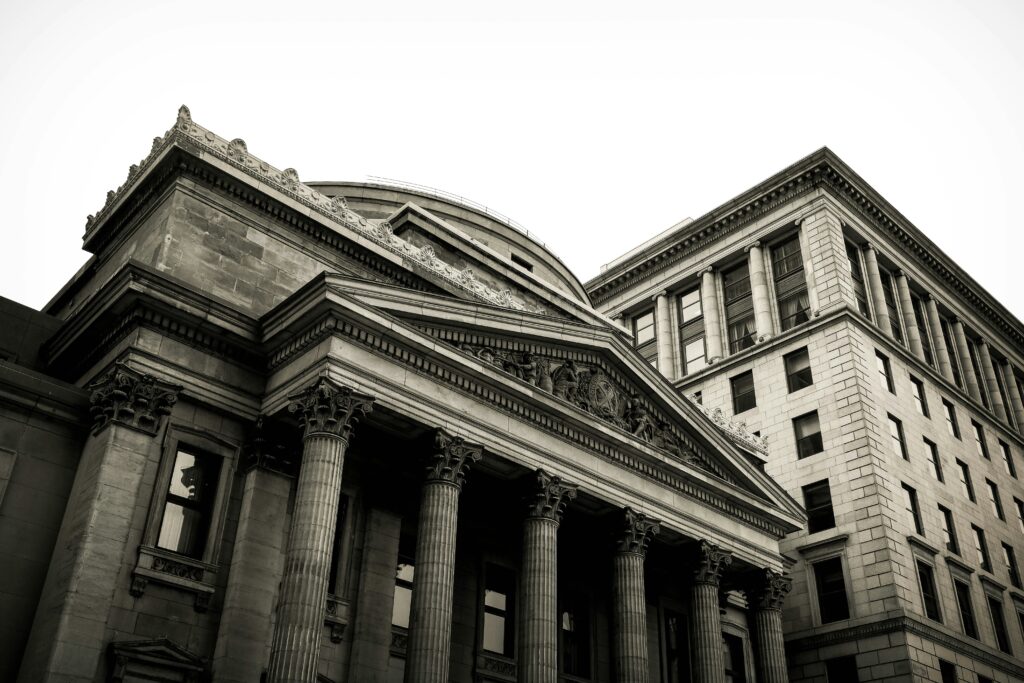Inflation and interest rates are closely related. They are very common macroeconomic indicators that are tracked by economists. Interest rates are one of the measures that economies leverage to keep control of inflation.

Higher interest rates
When a nation’s central bank increases the interest rates, it becomes less motivating for businesses and consumers to borrow money by taking loans. This is because the returns that they would get on the savings interest would be much better than borrowing.
With the rising interest rates, an economy becomes a less consumer-spending economy, as more and more money is put into saving rather than spending. This reduces the demand for products and services in the market. With the reduced demand, the prices of products and services are reduced. This results in a lowered inflation.
Lower interest rates
Exact opposite to the higher interest rates, when central banks reduce the interest rates businesses and consumers prefer to borrow money. As this borrowed money is cheaper it is easy to take the loans. The interest on both savings and loans is low. The returns on the money borrowed and spent are more than saving it.
With the lowering of interest rates, consumers in an economy spend more money on goods and services. Due to the increase in spending, the demand for products increases hence the pricing. This results in a higher inflation.
Is inflation good?
Inflation is different across different industries. For certain industries, the prices of products are so volatile that they often change and increase every time. For some, where there are fixed prices, inflation may happen slowly. Typically pricing changes annually irrespective of the industry. The purchasing power of consumers decreases when the absolute amount of income remains the same over time. The cost of living gets higher but families during this time are earning the same amount of money.
But when there is no inflation in an economy, it is not a good sign either. It means that the economy is not growing. There is no scope for more and more growth. Inflation happens when there is demand for products in the market. This happens when there is money in the hands of consumers and they are willing to pay. And there would be money with consumers when they are earning well, which happens when there is positive economy growth.
So, high inflation is bad. However low and stable inflation is always good for an economy. Inflations, as seen, are the results of the demand and supply cycle. And a good demand from the consumers is always a positive thing.
Leave a Reply